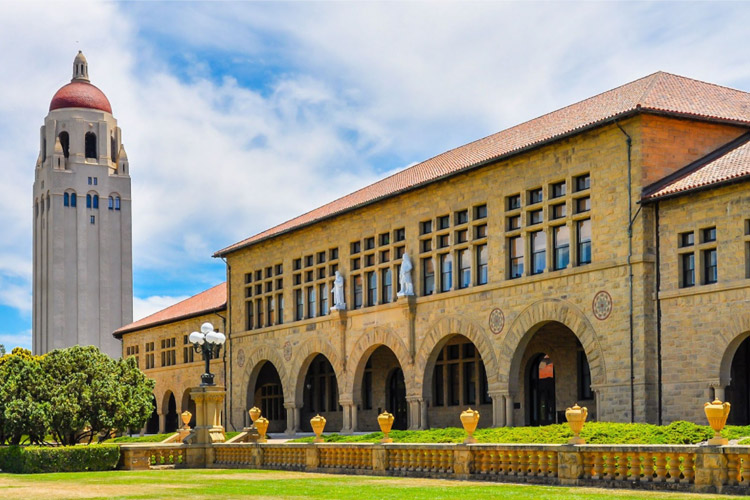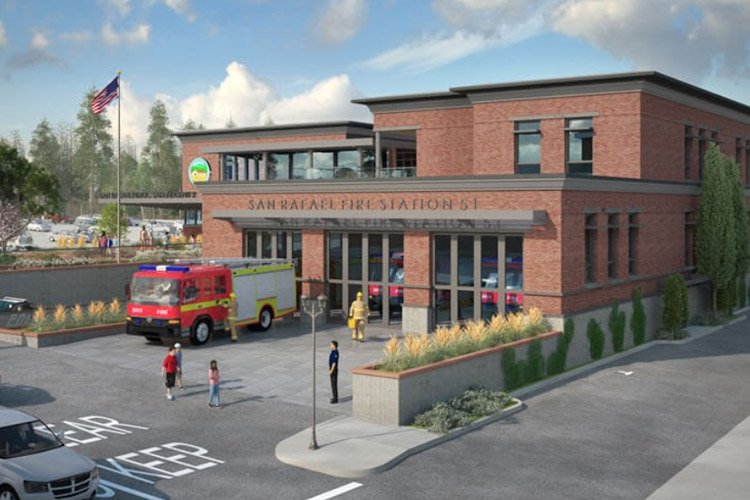Intelligent Building Automation Systems Installation Contractor | Buildings IOT

Today, most commercial buildings are equipped with some type of automation system with the potential to optimize for energy efficiency and streamline operations. Yet much of this potential is untapped due to poor architecture and outdated technology. Most buildings still use control systems that utilize rules-based algorithms or systems designed without expert input, leaving them prone to error and heavily reliant on manual intervention.
Buildings IOT can change this. We design and install building automation systems that allow you to create truly smart, energy-efficient, and future-focused buildings.
Building Automation Systems Installation & Design
Buildings IOT can program, install, and integrate building automation systems for both new construction and retrofit projects. With decades of experience, we reliably deliver onsite building management systems with IoT technologies and advanced analytics to automate and control energy meters, HVAC systems, surveillance and security systems, temperature and other environmental controls, access control, and lighting.
All of our building management systems are designed using open protocols and API connections rather than proprietary solutions. This allows us to choose from a wider range of device manufacturers and create systems tailored to the needs of each client rather than being limited to the offerings of a particular vendor.
Major Manufacturers
As specialists in open protocol building management systems and API connections, we have developed strong relationships with major manufacturers. This allows us to offer innovative solutions using the best and latest technologies as they come on the market.
Buildings IOT works with all leading manufacturers, developers of pioneering building automation systems and those who create cutting-edge cloud applications that are applicable to specific use cases. Over the years, our experience implementing a huge variety of system types has bolstered our reputation in the industry, where we are known for our attention to detail and ability to forge strong partnerships with stakeholders.

Flexible and Secure Solutions
Buildings IOT offers customers real solutions to future-proof their assets using advanced technology to provide custom solutions. As a building automation systems contractor, we understand buildings, from new construction with state-of-the-art intelligent systems to older structures that require smart retrofits to improve efficiency or deliver a better management experience for building engineers. This expertise extends not just to hardware, like sensors and controllers, but to the software that ultimately determines how building automation systems function.
Cloud-Based Software
We design, develop, and maintain cloud-based software throughout its entire lifecycle.
The advantages of cloud computing include:
- Accessibility via any connected device to data and cloud-based applications.
- Data security is enhanced, as hardware failures do not result in data loss.
- Data storage options that vary according to security needs and allow you to choose from private, public, or hybrid cloud platforms.
- Development time is considerably lower.
- Equipment savings result from not having to purchase servers and other infrastructure.
- Scalability to support fluctuating capacities.
- Security features like API keys, encryption, and virtual private clouds reduce cybersecurity risks.
- Tool choices that allow users to construct unique software solutions.


Network Architecture Best Practices & Cybersecurity
While cloud-based applications are now very capable of securely managing data transfers, remote access, and software updates, there are certain guiding principles building automation systems contractors should follow. These best practices for data transfer and network architecture are key aspects of how Building IOT develops its networks.
Buildings IOT follows these guidelines:
Use high-availability network connectivity to reach public endpoints for the workflow.
Install redundancies in the hardware to ensure that failure of one network connection will not overwhelm or otherwise cause failure throughout the system, even when connected from the same physical location. Public endpoints include PCs, smartphones, laptops, and IoT devices.
Provision redundant connectivity between private networks in the cloud and on-premise environments.
Install multiple direct connections or an encrypted link to an outside network via connected devices, utilizing multiple locations to ensure enough redundancies exist between on-premises and private networks.
Ensure IP subnet allocation takes into account expansion and current availability.
Allocate IP addresses to sub-networks or VLANs to allow for future expansion and to isolate these in case of failure.
Choose hub-and-spoke topologies over many-to-many mesh.
Hub-and-spoke refers to a network design within which a centralized device connects to multiple other devices, while many-to-many mesh refers to a network where devices can communicate with each other directly.
Enforce non-overlapping private IP address ranges in all private address spaces where connected.
IP addresses in a networked building should never overlap to avoid conflicts between devices or clouds. This also allows for the allocation of private IP addresses when needed.
These best practices allow Buildings IOT to ensure our building automation systems have top-notch protection against cybercriminals. While these practices are used throughout the industry, Buildings IOT also takes a common sense approach to developing networks and systems in built environments. This includes:
- Avoiding too many points of contact to limit possible points of system failure.
- Ensuring the network connection is fast enough to prevent overtaxing the network when using open protocols.
- Guaranteeing sufficient data storage on premises to keep operations running smoothly.
Though data modeling comes a bit after the controls system has been installed, having a specific data model in mind allows us to build the correct network structure to enable easier data mining once the project finishes.
Case Studies
Buildings IOT has a reputation for doing things right the first time, taking the time and care to make sure systems run at the highest possible standard. To get an idea about what to expect from Buildings IOT as a building automation systems contractor, take a look at two complex systems installed right the first time.

Stanford
In 2018, Stanford University wanted to upgrade its network servers from the older Niagara AX system, which was reaching its end of life, to the newer N4 system. Anticipating this, which would eliminate further security patches and software updates, the university wanted to keep each building’s automation systems in line with the rest of the university’s cybersecurity efforts, along with utilizing the more advanced features that N4 offers. The university hired Buildings IOT to design and deploy system upgrades in seventeen pre-selected buildings, with each offering specific challenges.
- Using a collaborative and phased approach, Buildings IOT completed site walks, assessment of current conditions, hardware installation, onsite programming, and offsite graphics development.
- Throughout the project, our integration team found themselves working with a wide variety of system protocols and environmental requirements.
- Buildings IOT finished the project within the allotted time frame and on budget. This included the development of a pre-launch testing protocol by our integration team, which ensured the correct configuration of the software before it went live, limiting the need to return to the worksite once the job was done.
- Through all of this, we accomplished our work with minimal disruption to both stakeholders and building occupants.
Ultimately, stakeholders at Stanford University were extremely pleased with the process and end result of these building automation systems installations.

San Rafael
Bay City Mechanical designs and engineers HVAC systems in the Bay Area for some of the most iconic San Francisco buildings. In 2018, the company brought Buildings IOT onboard to install and integrate controls on the HVAC system for San Rafael’s new Public Safety Center, which included the two-story, 43,500 square-foot Fire Station 51.
Completed in the summer of 2020 in the midst of the COVID-19 pandemic and during a record-setting wildfire season in California, the project faced serious delays. Even with these considerable complications, the project was completed in record time and to the highest standards. The building was then commissioned by San Francisco-based engineering firm Enovity, which evaluates buildings for energy efficiency and facilities engineering.
Enovity's commissioning agent summarized the project:
There were no issues with the vehicle exhaust system, or domestic hot water systems. HVAC control was fully tested in under eight hours, and only had two issues, one of which was corrected and closed at that time. This was the least amount of issues I've ever seen for HVAC controls. Almost everything was working as expected, and the graphics exceeded my expectations. I was very impressed with Buildings IOT's accuracy and attention to detail, and will use them as a litmus test to compare future BAS contractors.
Despite unparalleled circumstances, Buildings IOT delivered a nearly flawless finished project, improving operations at San Rafael’s Public Safety Center and Fire Station 51.

